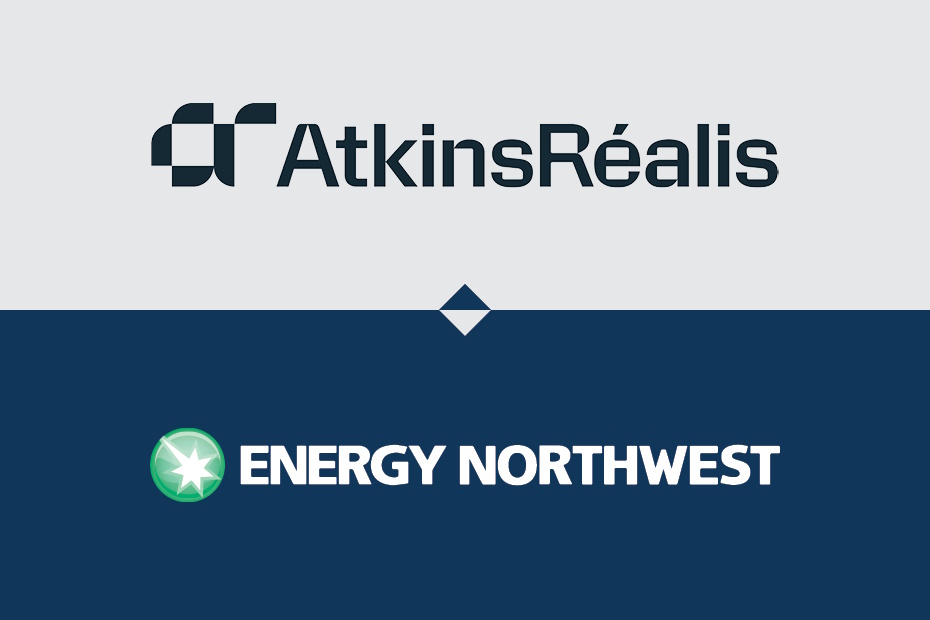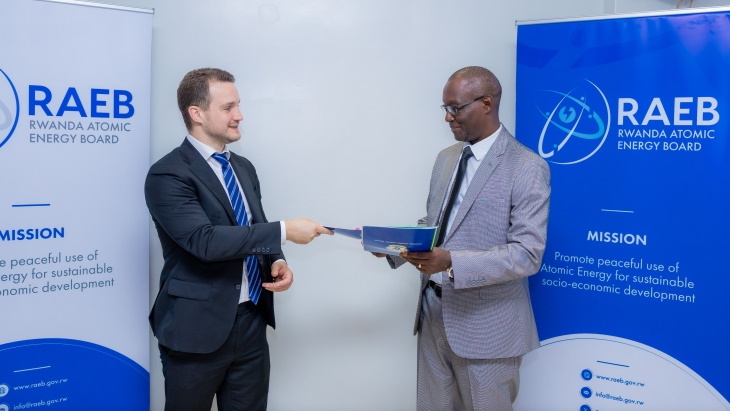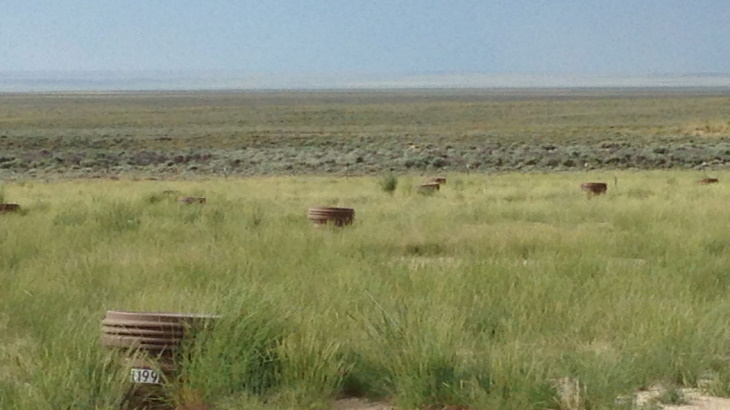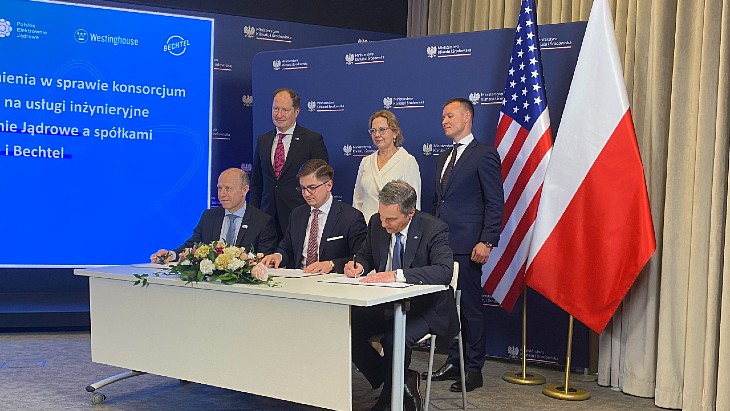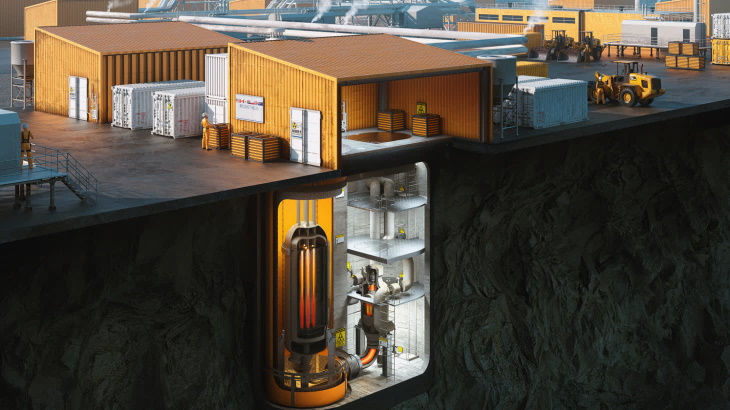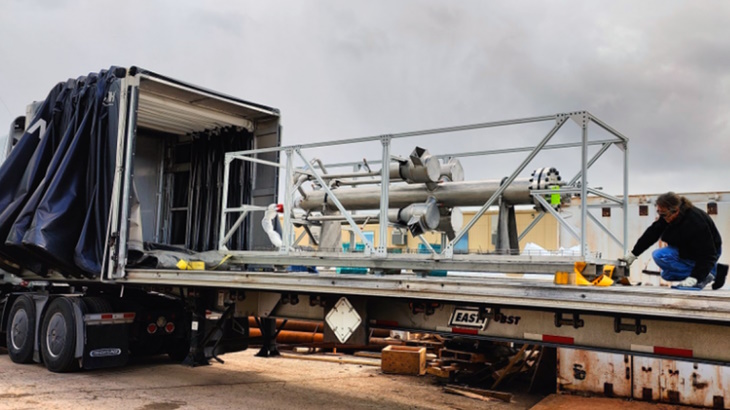Over the years, experts have developed answers to these questions. Almost four decades’ worth of research on spent nuclear fuel management coordinated by the IAEA is now available in a new publication. Behaviour of Spent Power Reactor Fuel during Storage (IAEATECDOC-1862) is the title of an IAEA publication that compiles relevant data, observations and recommendations recorded by experts on this topic since 1981.
“When we started doing the research with the IAEA in the early 80s, we were aware that storing spent fuel, which is highly radioactive, had a series of technical and scientific implications,” said Ferenc Takáts, Managing Director of TS Enercon, a Hungarian engineering consulting firm. “We were looking for basic information on these implications to build a general database of countries with experience, because there was no such thing back then.”
In the early days of nuclear power, many countries had planned to recycle their spent fuel and, by doing so, maximize the utilization of their uranium. The first step of recycling is reprocessing, a chemical process that involves separating the fissile material, unused plutonium and uranium in the fuel for reuse in new mixed oxide (or MOX) fuels. France, Russia and the United Kingdom currently have commercial reprocessing facilities.
Several other countries have chosen to dispose of spent fuel instead of recycling it. These include Canada, Finland, Sweden and the United States. This alternative involves safely placing the spent fuel in a location deep in the ground, under conditions that do not allow for its retrieval.
Initially, all countries had planned to reprocess their spent fuel, either in their own facilities or abroad. However, direct disposal became the favoured option in most countries in the 1980s and 1990s, as uranium prices remained low and environmental concerns related to reprocessing were raised. Then, in the early 2000s, the appeal of reprocessing again grew in light of the need for cheap, low-carbon electricity and concerns about the availability of uranium in the longer term.
While this debate was ongoing and views shifted, authorities often delayed their decision, and, eventually, spent fuel remained in temporary storage for longer than anticipated.
IAEA research project
It was in this context, and in response to the preferred option of ‘interim storage’, that a series of IAEA coordinated research projects, or CRPs, was launched, the first of which was initiated in 1981. Experts from 10 countries started to study and discuss the behaviour of spent fuel during storage (BEFAST), covering all activities related to the storage of the fuel until it was either reprocessed or sent for disposal. The participating countries contributed their research and development results regarding fundamental questions about spent fuel storage and started to develop a database to assist in the evaluation of spent fuel storage technologies for storage over extremely long periods of time. Beginning in 1997, a new series of CRPs was launched, this time more specifically targeting spent fuel performance assessment and research (SPAR).
Research under the BEFAST and SPAR projects involved 30 organizations from 21 countries and the European Commission. The research has led to information exchange that is useful for fuel operators, nuclear power plant designers, regulators, manufacturers and, particularly, those engaged in developing safety assessments. “Each one of us can offer a different angle on the same shared issue,” said Takáts.
When Takáts was working for a Hungarian consultancy firm in 1997, Hungary had been running its nuclear power programme for more than ten years. Without the possibility of exporting their spent fuel, they had to build an extra dry storage facility next to the power plant. This was a difficult task, as there was a worry among the regulators that the spent fuel, which was still radioactive and, initially, emitted a lot of heat, would be too hot to be stored.
“Because of these uncertainties we had a temperature limit to store the spent fuel under temperatures below 350 degrees Celsius, which was an unnecessary extra burden on the designer,” Takáts said, adding that the outcomes of the IAEA project were helpful in educating the regulators. “Thankfully, I was participating in the BEFAST CRP and could consult with an expert from Germany, where there was much better knowledge about the behaviour of fuel cladding in dry storage at high temperatures. By collecting evidence from abroad, we were able to show that our regulations were too stringent and should be amended, based on the collective research.”
A study was prepared on the basis of the CRP conclusions, which was then submitted to the regulator, who accepted the reasoning and increased the storage temperature limit. This is one of the many examples of how IAEA-coordinated research efforts of experts in the field have benefited operators.
“All the research helps us maintain a continuous technology watch on the performance of spent fuel,” said Laura McManniman, Spent Fuel Management Specialist at the IAEA. “The projects are a good vehicle for collaboration and research because they provide a platform for experts to share information freely.”
The highlights of the research work, compiled in IAEA-TECDOC-1862, are available online and, on request, in print.
